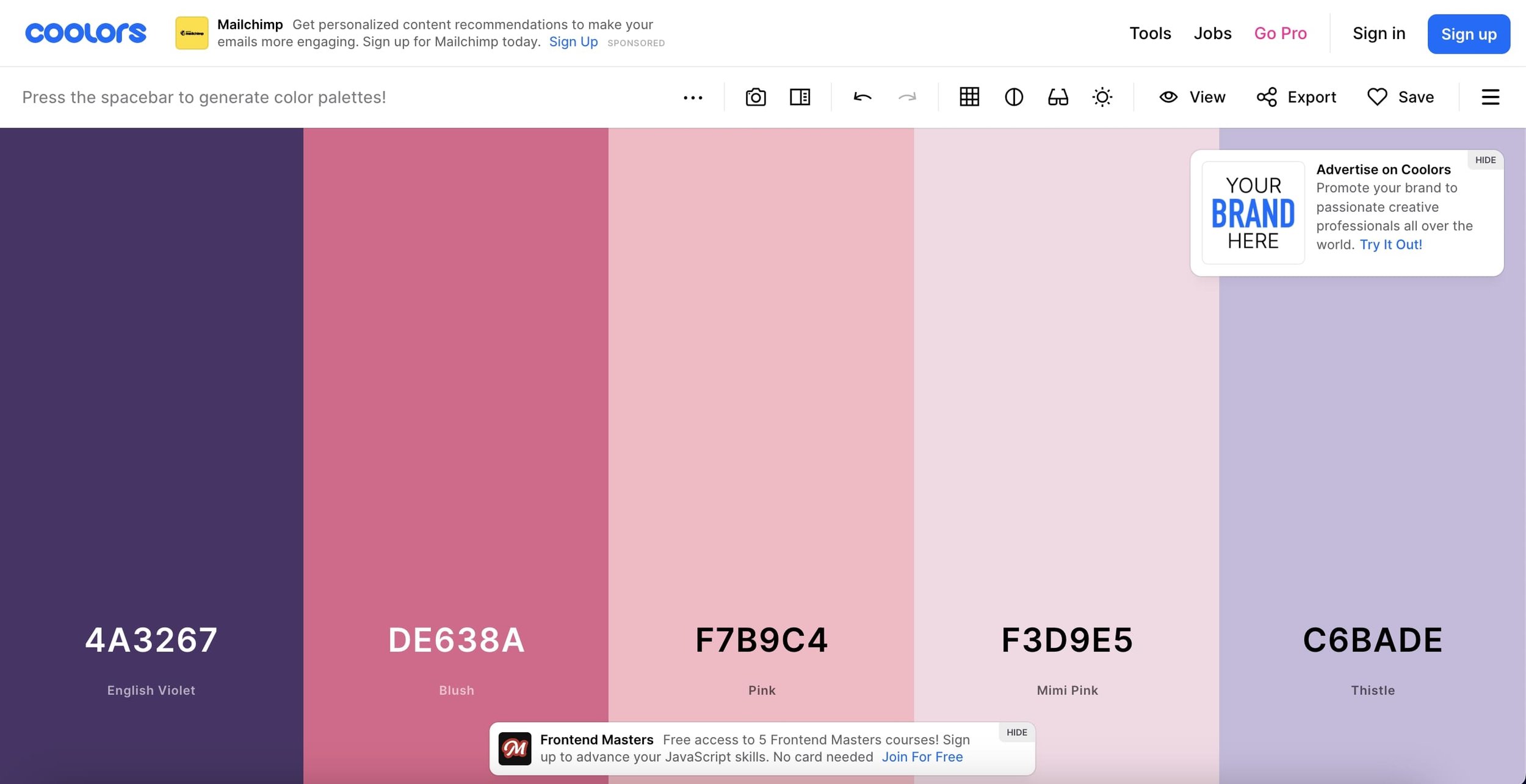Buzz Haven: Your Daily Dose of News
Stay informed and entertained with the latest buzz in news, trends, and insights.
Color Schemes That Speak Louder Than Words
Discover stunning color schemes that communicate emotions and stories without saying a word. Transform your space and creativity today!
The Psychology of Color: How Color Schemes Influence Emotions
The psychology of color plays a significant role in how we perceive the world around us. Different colors can evoke a wide range of emotions, influencing our decisions and behaviors. For instance, warm colors like red and orange are often associated with excitement and energy, while cooler tones like blue and green are linked to calmness and serenity. Understanding these color associations can be beneficial for marketers and designers alike, allowing them to create effective color schemes that resonate with their audience. By strategically utilizing color, businesses can enhance brand recognition and foster emotional connections with consumers.
Moreover, the impact of color is not limited to marketing; it extends into our personal lives, affecting our mood and well-being. Studies have shown that exposure to certain colors can alter our emotional states. For example, yellow is often seen as a color of happiness and optimism, while gray may evoke feelings of sadness or isolation. As such, incorporating favorable color schemes into our living spaces can promote a positive atmosphere. To harness the full potential of color, consider the following tips:
- Choose soothing colors for relaxation areas.
- Use vibrant colors to stimulate creativity.
- Incorporate neutrals to balance out bold hues.

Choosing the Right Color Palette for Your Brand Identity
Choosing the right color palette for your brand identity is a crucial step in establishing a memorable and impactful presence in the marketplace. Colors evoke emotions and convey messages; therefore, it is essential to understand the psychology behind different hues. For example, blue often represents trust and professionalism, making it a popular choice for financial institutions, while yellow exudes cheerfulness and energy, appealing to brands seeking a youthful vibe. Conducting thorough research on your target audience and competitors can help you identify which colors will resonate most effectively with your desired demographic.
Once you have a shortlist of colors, consider how they will work together to form a cohesive brand identity. Utilize tools like color wheels and online generators to create harmonious combinations, ensuring that your choices not only align with your brand values but also enhance readability and user experience. It’s also advisable to test your color palette across different mediums—be it print or digital—to ensure consistency. Ultimately, a well-thought-out color palette will not only help in differentiating your brand but also in building strong emotional connections with your audience.
What Colors Make the Perfect Combination for Your Next Project?
When it comes to choosing colors for your next project, the perfect combination can significantly impact the overall aesthetic and mood. Consider starting with a color wheel to identify complementary colors that enhance one another. For instance, combining soft blue and warm orange can create a dynamic and inviting atmosphere. Another popular pairing is monochromatic schemes, such as various shades of green, which convey tranquility and cohesiveness, making them ideal for spaces meant for relaxation.
Many successful designers utilize the 60-30-10 rule when selecting color combinations. This technique suggests using 60% of a dominant color, 30% of a secondary color, and 10% of an accent color to achieve a balanced look. For example, a living room could feature a neutral gray as the dominant color, a rich navy as the secondary, and vibrant mustard yellow as the accent. Experimenting with color psychology is also crucial; using red can evoke excitement, while green typically represents harmony. By understanding how colors interact emotionally, you can craft a project that resonates effectively with its audience.